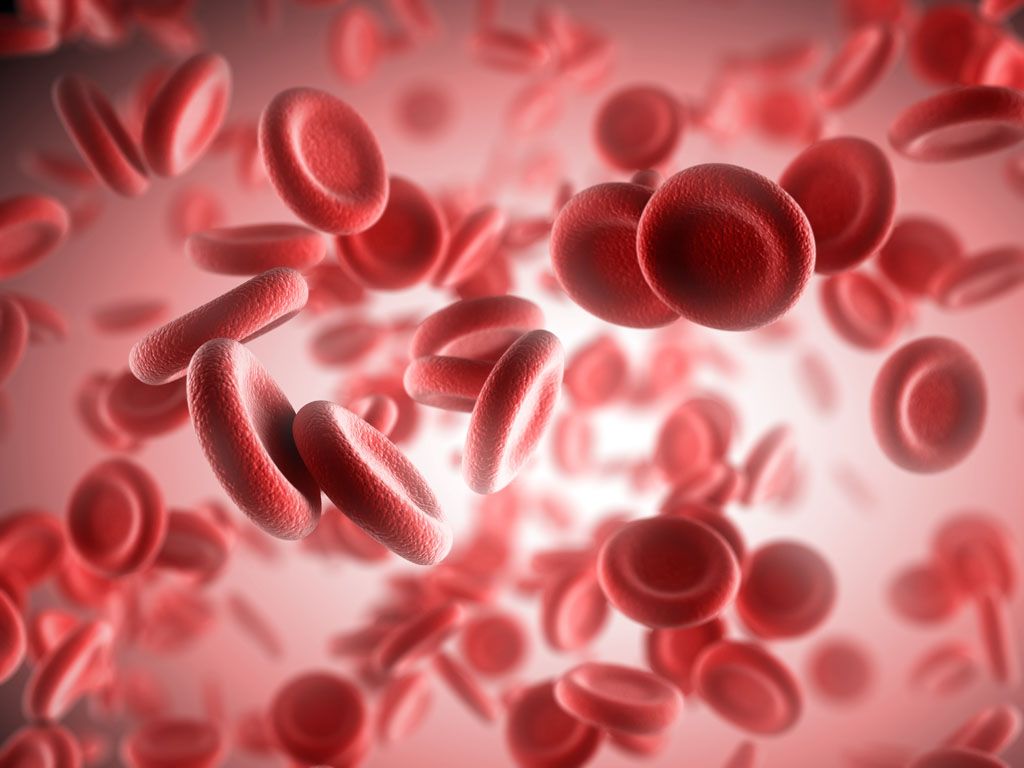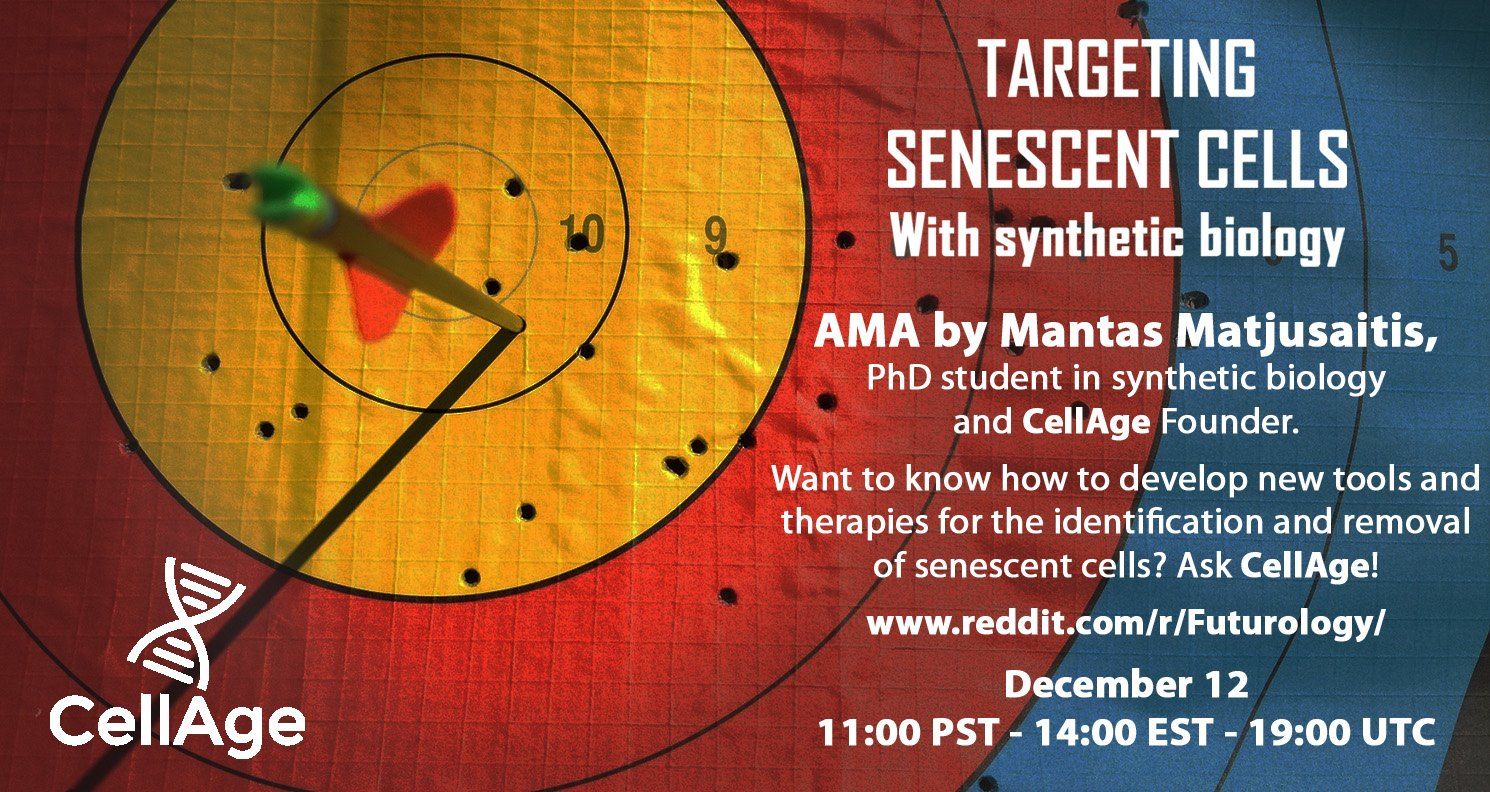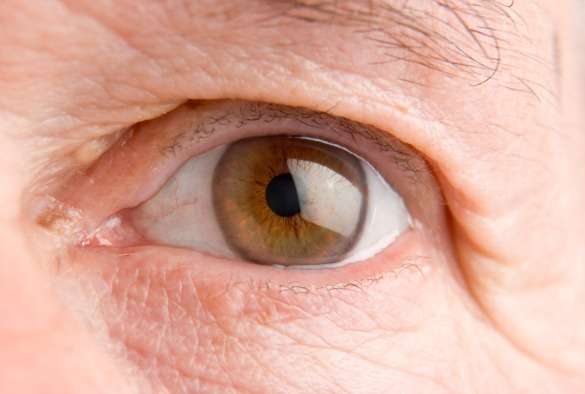Check out the The Longevity Reporter interview with CellAge as they talk about rejuvenation biotechnology.
Innovative new startup Cell Age is using synthetic biology to develop new ways of targeting and removing senescent cells. We caught up with CEO Mantas Matjusaitis for an interview as their first fundraiser goes live on Lifespan.io (find it here)
Could you tell us a little bit about your approach and what makes you different?
We are a synthetic biology company which will use proven proprietary methods to develop tools and therapies to specifically target senescent cells. Early on, we will be focusing on developing novel approaches to identify senescent cells and this will help to screen for new drugs as well as move the field forward in general. Importantly, we will offer our first products for free to researchers from academia, because, in the end, our mission is to help the society and scientific community and we think this is the right way forward. Later on, our tools will be used to make cell-based therapies safer by removing senescent cells before the transplantations. And eventually, we are aiming to help create safe and accurate gene therapies to help fight age-related diseases like osteoarthritis, atherosclerosis and more.







